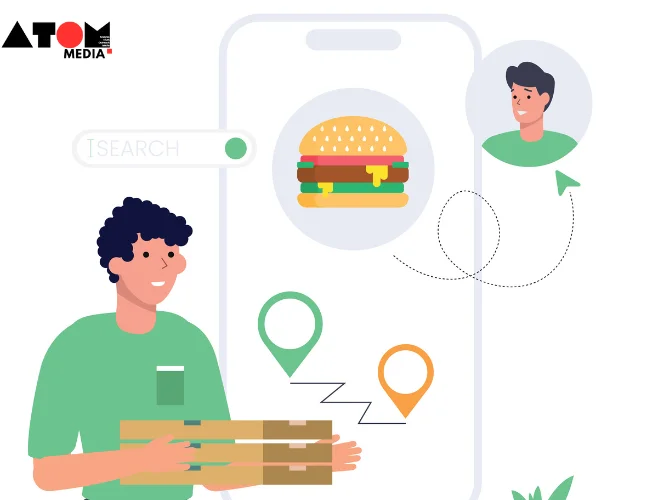The rapid commerce (“qcom”) sector has grown to be a major participant in the Indian market in recent years, providing a promising answer to the changing needs of customers. It seemed improbable a few years ago that rapid commerce would catch on in India. After all, shopping is an opportunity for many Indians to leave the house rather than just a chore. The enduring existence and robust clientele of nearby kirana (mum and pop) shops presented a noteworthy obstacle to qcom’s inherent allure. Quick commerce has advanced remarkably, changing the Indian food supply chain in ways never seen before, in spite of these early reservations.
The Rise of Quick Commerce in India
Rapid trade has quickly adjusted to the distinct features of the Indian market. It has proven that it can work in harmony with conventional kirana stores, not against them. Urban shoppers who want a greater selection of products and faster delivery alternatives are drawn to the ease of quick commerce. As this trend gains momentum, tier II and tier III communities should also feel its influence, leading to the emergence of new “buy local, sell local” (BLSL) business models in the food processing and aggregation industries.
Convergence of Food and Non-Food Supply Chains
Food and non-food supply chains are converging in rapid commerce models, especially at the dark shop level. These dark stores effectively handle inventory and simplify logistics, acting as localised centres for speedy commerce activities. It is anticipated that as the sector develops, this convergence will spread to bigger mother warehouses, increasing productivity and cutting delivery times.
Emerging Trends in Quick Commerce
A number of significant developments are emerging as rapid commerce continues to transform the Indian economy. There will be a greater focus on sourcing and processing locally. This tendency supports the expansion of regional companies and lessens reliance on extensive supply networks, which is consistent with the larger “vocal for local” movement. Cutting-edge technologies like artificial intelligence (AI), machine learning, and data analytics are essential for forecasting customer demand, streamlining inventory management, and improving overall operational effectiveness. Quick commerce companies are implementing sustainable practices, such as using eco-friendly packaging, cutting carbon footprints, and assisting regional farmers, in response to consumers’ growing environmental consciousness.
Final Thoughts
The Indian quick commerce sector is growing quickly, and this is changing the food supply chain in a big way. Through the adoption of local sourcing, technology, and integration with traditional retail, fast commerce is establishing a productive and dynamic ecosystem. Retail in India is expected to be significantly impacted by this sector in the future as it continues to grow into non-metropolitan areas and implement sustainable practices. Emerging trends and the convergence of supply chains for food and non-food items demonstrate how quickly commerce has the power to completely change the way we purchase and consume.





